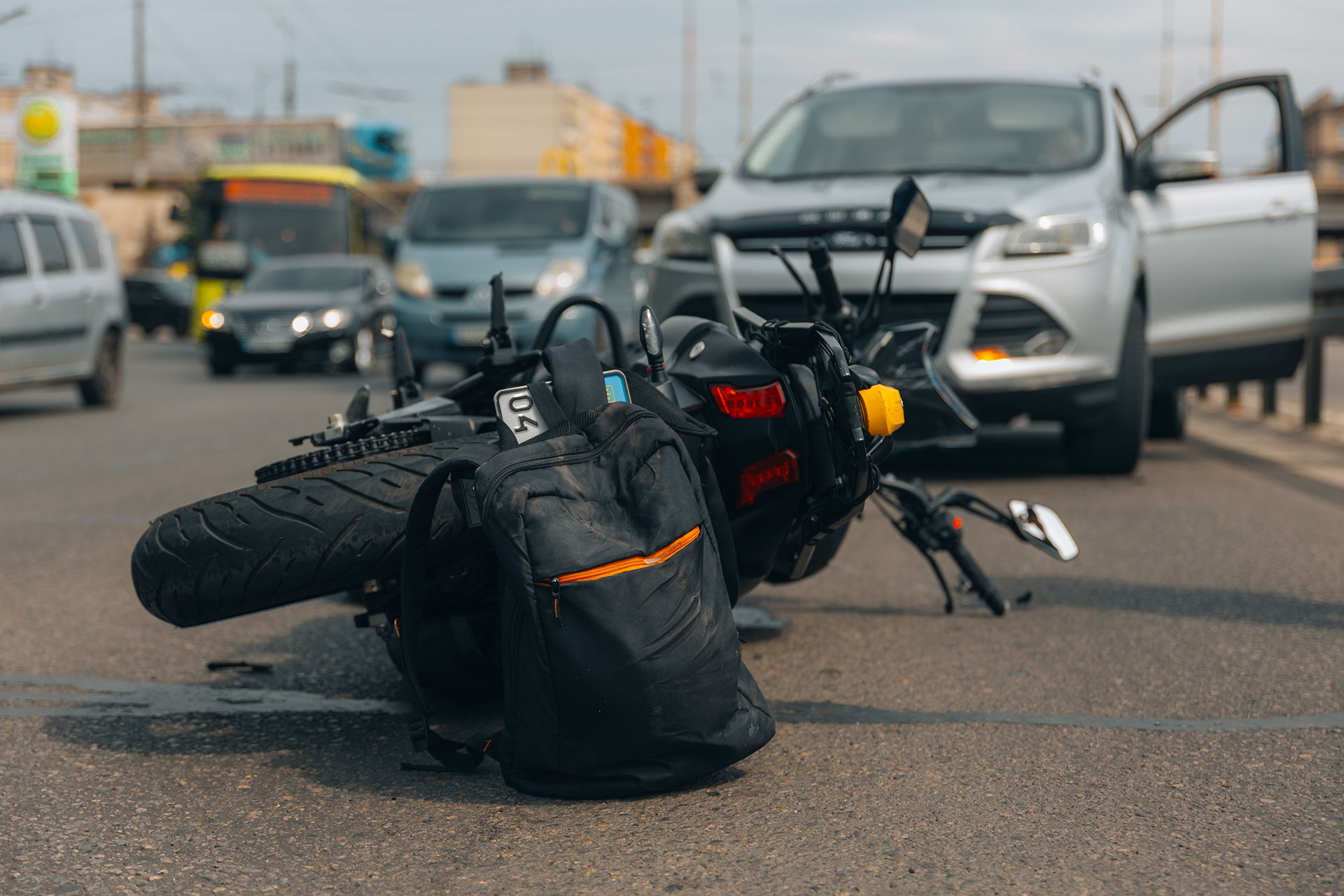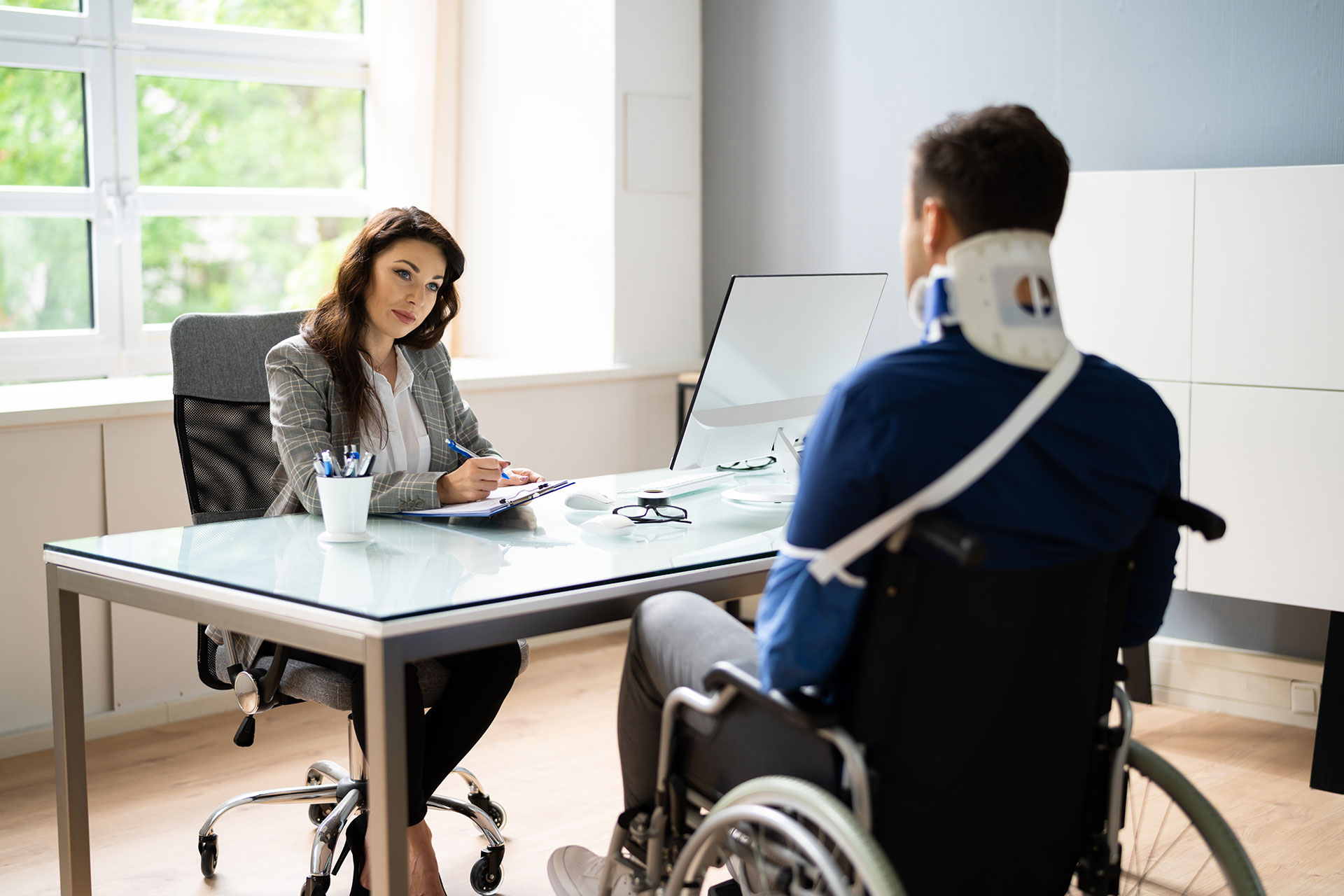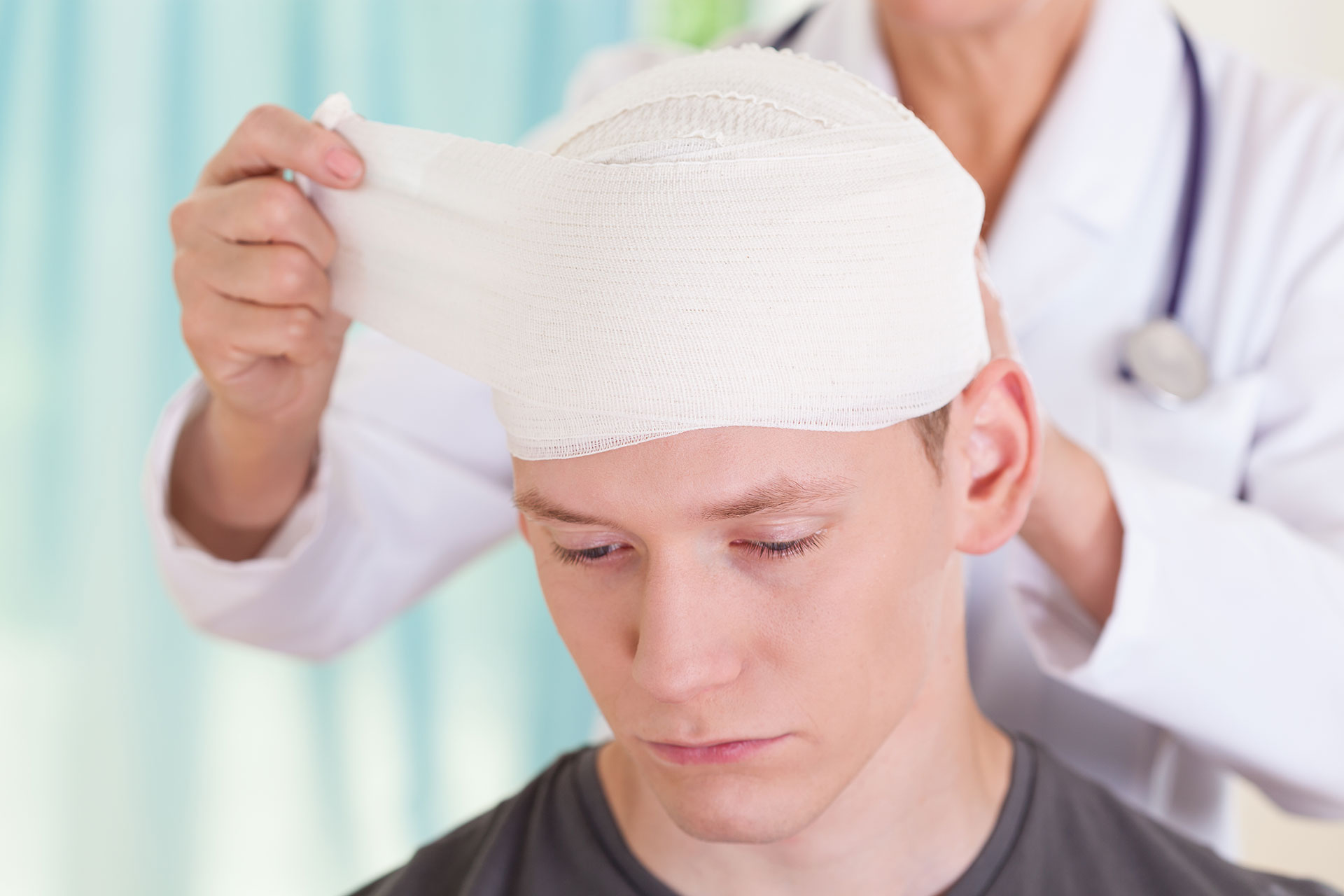
Tips for Avoiding Motorcycle Accidents
Riding a motorcycle can be an exhilarating experience. However, it also comes with its share of risks. Motorcycle accident prevention is a crucial aspect of safe riding. It involves a combination of defensive driving, proper gear, and regular maintenance. In this guide, we will provide practical tips to help you avoid motorcycle accidents. We will cover everything from the importance of wearing the right safety gear to mastering defensive driving techniques. Whether you’re a seasoned rider or a beginner, these tips will help you stay safe on the road. Let’s dive in.
The Essentials of Motorcycle Safety Gear
Safety gear plays a vital role in motorcycle accident prevention. It serves as your first line of defense in case of an accident. A helmet is the most crucial piece of safety gear. It protects your head, which is highly vulnerable during a crash. Make sure your helmet fits well and meets safety standards. Other essential safety gear includes: Jackets and pants: These should be made of abrasion-resistant material like leather or reinforced textiles. Gloves: They protect your hands and provide a better grip. Boots: They should cover your ankles and provide good traction. Motorcycle rider wearing full safety gear Remember, the right safety gear can significantly reduce the risk of severe injuries. Always gear up before you hit the road.
Mastering Defensive Driving Techniques
Defensive driving is a proactive approach to riding. It involves anticipating potential hazards and making safe decisions on the road. One key aspect of defensive driving is maintaining a safe distance from other vehicles. This gives you enough time to react to sudden changes in traffic. Always keep a buffer zone around your motorcycle. Another important technique is scanning the road ahead. Look for potential hazards like potholes, debris, or erratic drivers. This helps you react in time and avoid accidents. Lastly, always obey traffic laws. Speeding and reckless driving increase your risk of accidents. Stay within speed limits and respect other road users. Remember, defensive driving is about safety, not speed.
Increasing Visibility on the Road
Visibility is crucial for motorcycle accident prevention. Other drivers need to see you clearly to avoid collisions. One way to increase visibility is by wearing reflective clothing. This makes you more noticeable, especially at night or in poor weather conditions. Motorcyclist wearing reflective clothing Another strategy is to use your motorcycle’s headlights, even during the day. This can make a significant difference in how easily other drivers can see you. Always remember, the more visible you are, the safer you are on the road.
Regular Maintenance: A Key to Prevention
Regular maintenance is a crucial part of motorcycle accident prevention. A well-maintained motorcycle performs better and is less likely to malfunction on the road. Some key maintenance tasks include checking tire pressure, brake functionality, and fluid levels. A sudden tire blowout or brake failure can lead to serious accidents. Here are some maintenance tasks to perform regularly: Check and adjust tire pressure Inspect brake pads and discs Check fluid levels (oil, brake fluid, coolant) Inspect lights and signals Check chain tension and lubrication By keeping your motorcycle in top shape, you can significantly reduce the risk of accidents.
The Importance of Safe Following Distances
Maintaining a safe following distance is a key aspect of motorcycle accident prevention. It gives you more time to react to sudden changes in traffic or road conditions. The recommended following distance is at least two seconds behind the vehicle in front. In poor weather or heavy traffic, consider increasing this distance. This simple practice can make a significant difference in your safety on the road.
Hazard Recognition and Avoidance Strategies
Recognizing and avoiding hazards is a crucial skill for motorcycle riders. Hazards can include anything from potholes and road debris to erratic drivers and wildlife. Developing a keen sense of awareness and constantly scanning your environment can help identify potential threats early. This allows you to take evasive action if necessary, reducing the risk of an accident. Remember, the key to effective hazard recognition and avoidance is anticipation. Always be prepared for the unexpected and have a plan of action ready. This proactive approach can greatly enhance your safety on the road.
Weather Conditions and Motorcycle Riding
Weather conditions can significantly impact motorcycle riding. Rain, snow, high winds, and even extreme heat can affect visibility, road grip, and rider comfort. It’s important to check the weather forecast before you ride and adjust your plans accordingly. If you’re caught in bad weather, slow down, increase your following distance, and seek shelter if necessary. Remember, your safety should always be your top priority.
The Role of Mental Preparedness in Riding
Mental preparedness is a crucial aspect of motorcycle riding. It involves being fully aware of your surroundings, anticipating potential hazards, and making quick decisions. It also means being in the right state of mind before you ride. Avoid riding when you’re stressed, tired, or distracted. A clear and focused mind can significantly reduce the risk of accidents.
The Dangers of Riding Under the Influence
Riding under the influence of alcohol or drugs is a dangerous gamble. These substances impair your judgment, slow your reaction time, and can lead to fatal accidents. It’s not just illegal, but also irresponsible. Always prioritize your safety and the safety of others by choosing not to ride when under the influence.
The Benefits of Motorcycle Training Courses
Motorcycle training courses are a valuable resource for riders of all experience levels. They provide practical knowledge and hands-on experience, which are crucial for safe riding. These courses cover a wide range of topics, from basic riding skills to advanced techniques. They also teach defensive driving, hazard recognition, and emergency maneuvers. Investing in a motorcycle training course is investing in your safety. It equips you with the skills and knowledge needed to prevent accidents and handle unexpected situations on the road.
Conclusion: Cultivating a Culture of Motorcycle Safety
Motorcycle accident prevention is a shared responsibility. It requires a commitment to continuous learning, adherence to safety practices, and a respectful attitude towards other road users. By cultivating a culture of safety, we can significantly reduce the risk of accidents and ensure a more enjoyable riding experience for all.

